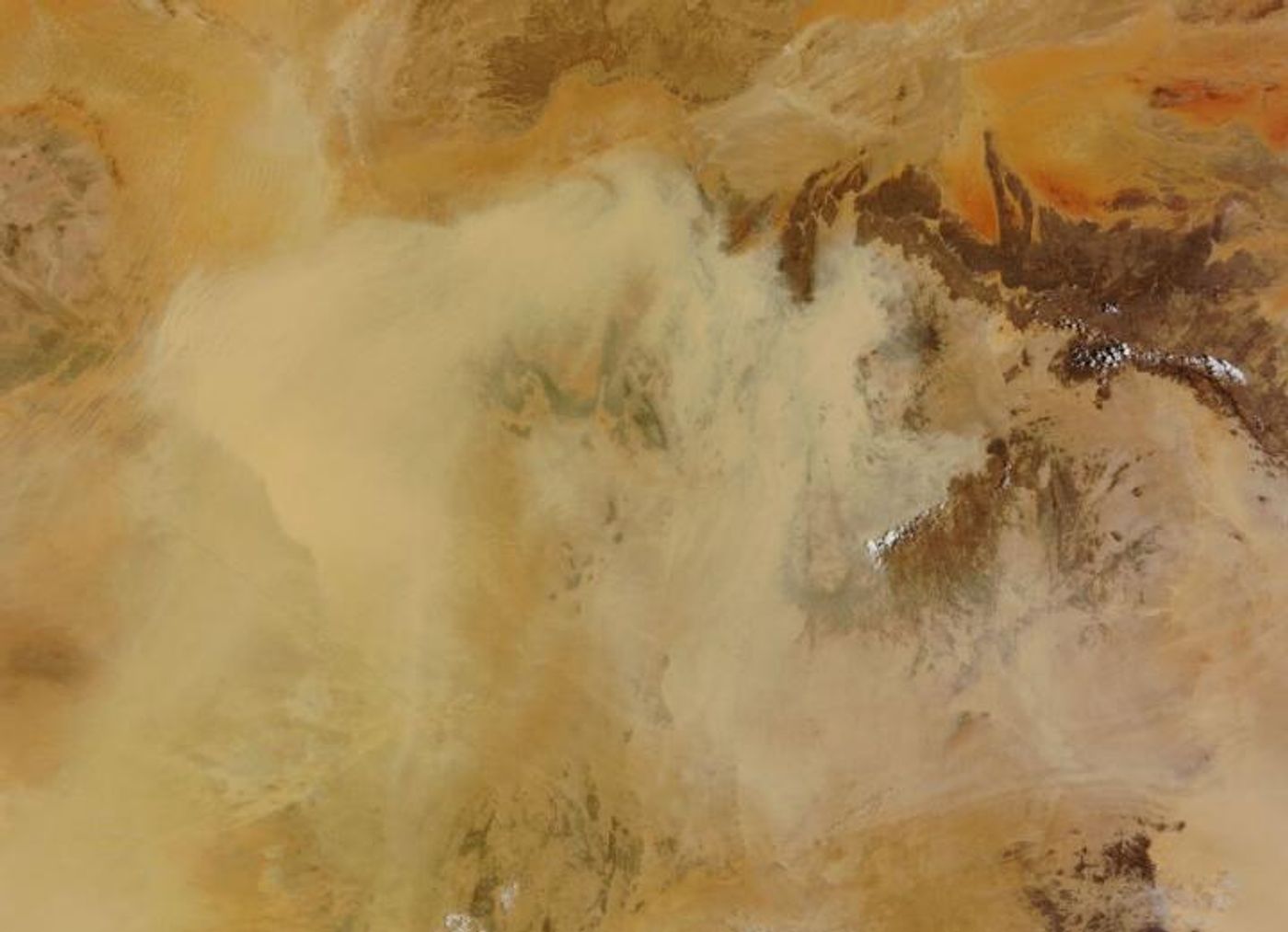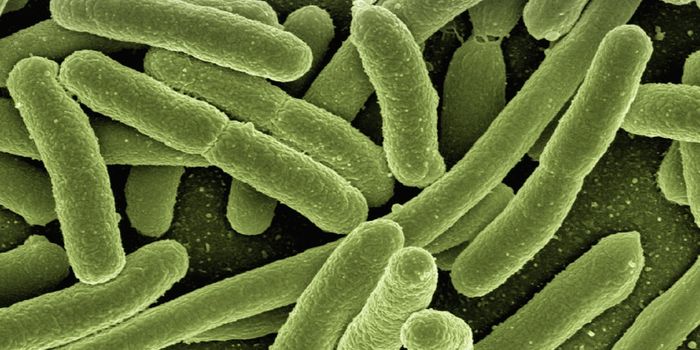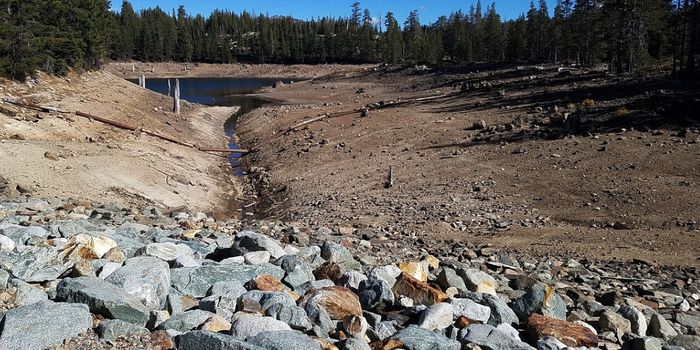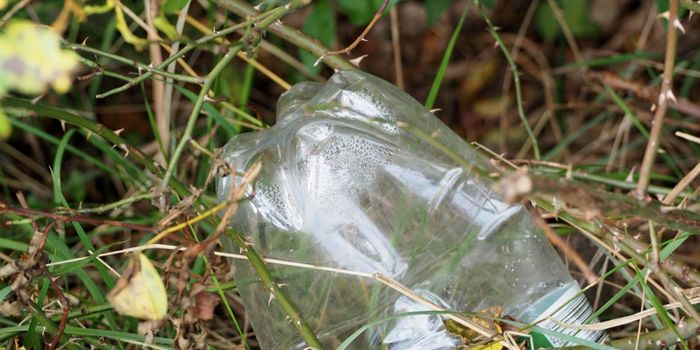It's Raining ... Viruses?
New research has determined that a shocking number - around 800 million - viruses fall into our atmosphere every single day. The study, by scientists in Canada, the U.S., and Spain, measured the microbes that are swept up from the surface of the planet and sent to the free troposphere. That layer of atmosphere exists past the weather systems we experience, but below the stratosphere, where jets fly. The viruses that end up there might be carried thousands of kilometers before descending back to Earth.
"Every day, more than 800 million viruses are deposited per square meter above the planetary boundary layer--that's 25 viruses for each person in Canada," noted the senior author of the findings, Curtis Suttle, a virologist at the University of British Columbia. The work was reported in the International Society for Microbial Ecology Journal.
"Roughly 20 years ago we began finding genetically similar viruses occurring in very different environments around the globe," said Suttle. "This preponderance of long-residence viruses traveling the atmosphere likely explains why - it's quite conceivable to have a virus swept up into the atmosphere on one continent and deposited on another."
Small particles carry bacteria and viruses from the dust of soil and spray from the sea, into the atmosphere. The research team, which included investigators from the University of Granada and San Diego State University, was looking for that tiny material at 2,500 to 3,000 meters, above the atmospheric boundary layer. At that altitude, such particles are subject to long-range migration, unlike stuff in the lower atmosphere.
Platform sites were stationed high in the Sierra Nevada Mountains of Spain; there the researchers determined that tens of millions of bacteria and billions of viruses get deposited per square meter every day. Viruses were falling at a rate that was nine to 461 times faster than the bacterial rates.
"Bacteria and viruses are typically deposited back to Earth via rain events and Saharan dust intrusions. However, the rain was less efficient removing viruses from the atmosphere," explained author Isabel Reche, a microbial ecologist from the University of Granada.
It was also found that most viruses carried tags that showed they came originally from sea spray. They stay aloft by hitching a ride on lighter particles that are suspended in the air and gas.
The video below outlines the work.
Sources: AAAS/Eurekalert! Via University of British Columbia, International Society for Microbial Ecology Journal










